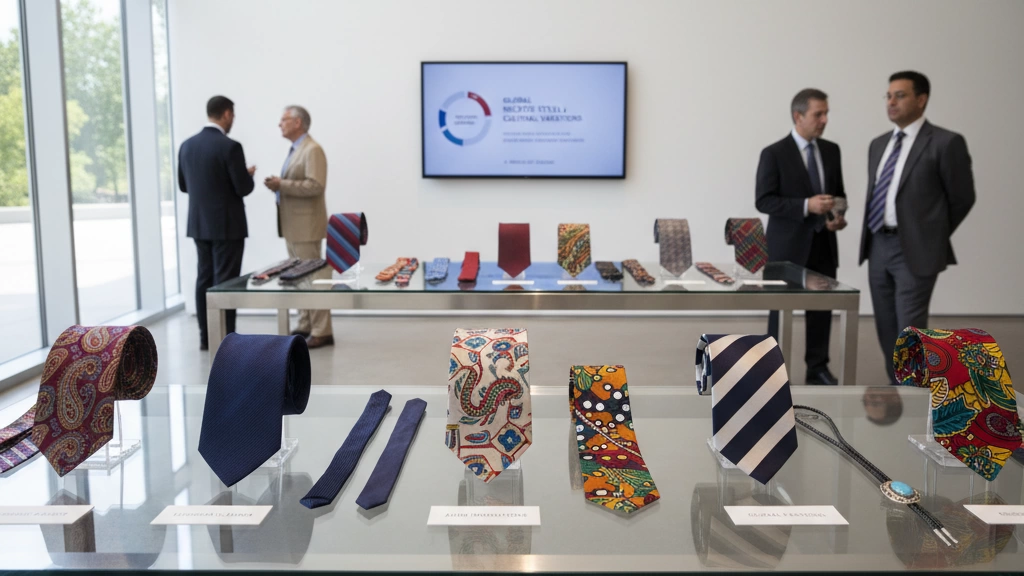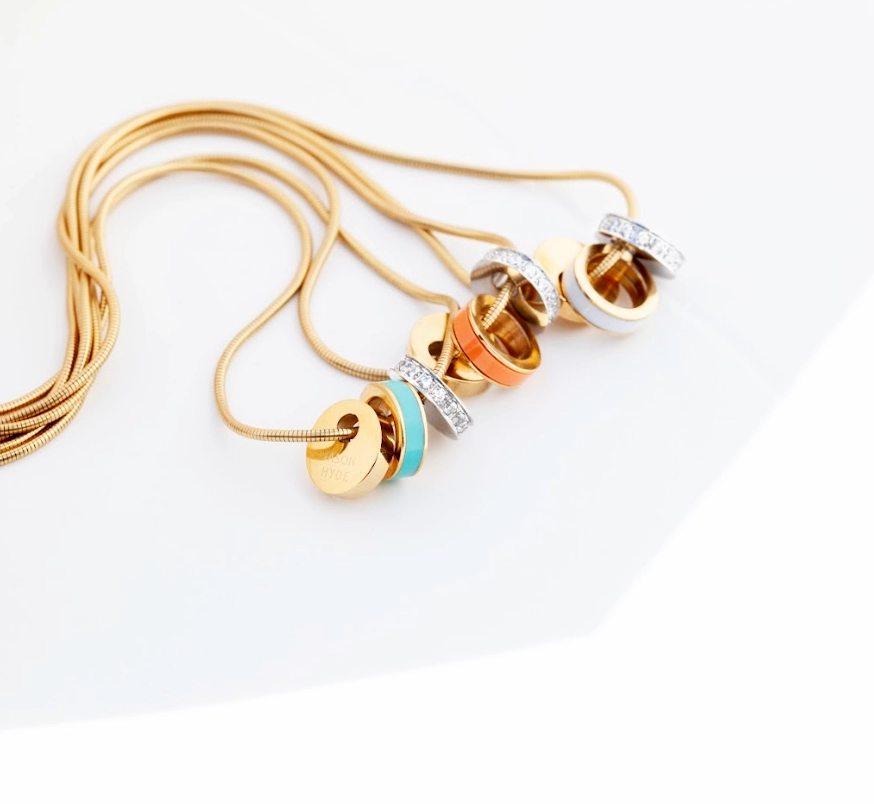Ancient Origins: Before the “Tie” Was a Tie
Long before the modern necktie took shape, its earliest ancestors were already making silent statements. Around 210 BC, the soldiers of China’s Terracotta Army were depicted wearing simple neck cloths—perhaps the very first known use of fabric worn around the neck. These cloths likely served practical purposes, such as warmth or protection, but they also hinted at a deeper significance.
Fast forward to 113 AD, and Roman soldiers are carved into the stone of Trajan’s Column sporting the focale—a scarf-like neckcloth tied around the throat. The focale was designed to protect against chafing from armour and to keep the neck warm. Beyond utility, this neckwear began to symbolize rank and camaraderie among troops.
Across ancient cultures, neck cloths carried meaning beyond their function, signaling social status, identity, or even offering a form of spiritual protection. Whether in the dusty fields of ancient Rome or the imperial halls of Han China, the neck was already a canvas for expression—a subtle precursor to the necktie we know today.
Birth of the Modern Necktie: 17th-Century Croatia
The modern necktie finds its roots in 17th-century Croatia during the Thirty Years’ War. Croatian mercenaries wore a distinct piece of cloth called a cravat around their necks, primarily as a practical accessory to hold their shirts closed and to show military affiliation. This simple neck cloth caught the eye of the French when these soldiers served as allies.
King Louis XIV was especially taken with the cravat and adopted it at the French court, turning it into a fashionable statement rather than just functional wear. The cravat quickly evolved from a military scarf into a symbol of elegance and status among Europe’s upper class. French fashion innovators added lace, embroidery, and elaborate knots, transforming the humble tie into a must-have accessory for gentlemen.
This period marks the true birth of today’s necktie, as the cravat laid down the style foundation that would later influence all men’s neckwear. If you want to step up your wardrobe with rich history, it’s worth noting how the cravat went from battlefield practicality to runway prestige—a journey that makes the necktie more than just an accessory but a piece of cultural heritage. For those interested in tying their neckwear with finesse, check out guides on the top 10 tie colours for a job interview, which build on this heritage.
The 18th & 19th Centuries: From Cravat to Stock to Long Tie
During the 18th and 19th centuries, the necktie underwent significant changes, evolving from the elaborate cravat to simpler, more practical styles. Early cravats like the Steinkirk—a loosely tied knot with ends tucked into a buttonhole—and the Solitaire, featuring decorative lace or ribbon, were popular for their flair and sophistication.
Enter Beau Brummell (1778–1840), a key figure in men’s fashion around 1800–1830. He championed a cleaner, more understated look with carefully tied neckcloths, setting a new standard for elegance. His influence helped shift men’s neckwear away from ornate lace to cloth ties with neat knots.
By the 1840s to 1870s, the stock tie became widespread. This thicker, stiffer tie wrapped tightly around the neck and was often worn by military officers and professionals. Around the same time, the four-in-hand knot emerged, offering a simpler, quicker way to tie the neckcloth, which eventually evolved into the modern necktie knot we know today.
The Industrial Revolution played a huge role in the tie’s journey. Mass production techniques made ties and related accessories more affordable and widely available, shifting the necktie from a high-class fashion item to an everyday staple in men’s wardrobes.
For those curious about tie styles and how to switch from classic to more modern looks, check out this detailed guide on the transition from day to night accessories.
The 20th Century: The Golden Age of the Necktie
The 20th century truly shaped the necktie into a powerful fashion statement. In the 1920s and 1930s, bold Art Deco styles took center stage, with wide “kipper” ties featuring bright patterns and vibrant colors. These ties matched the era’s energetic mood, breaking away from the more conservative looks of the past.
Post-WWII America saw a real clash in tie styles. The slim, understated skinny tie became popular in the late 1950s and early 1960s, symbolizing a sleek, youthful image. At the same time, the “power tie” emerged—a wider, more commanding silk tie often worn by businessmen to project confidence and authority.
Between the 1950s and 1970s, ties reflected major cultural shifts. The elegance of Mad Men-style suits gave way to wild, psychedelic patterns during the late ‘60s and early ‘70s, making the necktie a canvas for personal expression.
In the 1980s and 1990s, the financial boom brought a return to the wide silk tie, especially among Wall Street professionals who favored bold, attention-grabbing designs to complement their sharp suits. A significant innovation during this period was Jesse Langsdorf’s 1926 tie construction method, which increased durability and helped ties keep their shape longer—a technique still in use today.
For those interested in perfecting their tie look during this golden era, exploring accessories like tie bars can be a game changer. Check out the detailed guide on the art of the tie bar and how to wear it to complete any sharp business outfit.
The Necktie in the 21st Century
The idea that the necktie is dead couldn’t be further from the truth. While Casual Fridays and tech culture popularized a more relaxed dress code, ties have simply evolved rather than disappeared. Today, you’ll see ties making a strong comeback, especially in bespoke menswear and luxury fashion circles where craftsmanship and unique fabrics steal the show.
Women’s adoption of the tie is also a significant chapter in modern neckwear history. From Marlene Dietrich’s bold style moves in the early 20th century to contemporary runway looks, ties have become a symbol of power and style beyond traditional gender lines.
Looking ahead to current trends in 2025, knitted ties and those made from sustainable fabrics are growing in popularity, reflecting wider eco-conscious values. Vintage tie designs are also enjoying a revival, offering nostalgic charm with a modern twist. To complement your tie collection, explore some top jewelry trends for this season, which often pair perfectly with neckwear for a polished look.
Global & Cultural Variations

Ties aren’t just a Western thing—they take many forms around the world, showing diverse cultural twists. The bolo tie, for example, is officially recognized as the neckwear of Arizona, New Mexico, and Texas. This unique style uses a braided cord with decorative tips and a clasp, often reflecting Southwestern and Native American heritage.
Beyond the classic necktie, there are also styles like the Ascot and the string tie, each with its own place in regional fashion. The Ascot is popular in British formal wear, often worn at events like weddings or horse races, while string ties hold more casual or traditional appeal in certain areas.
Neckties also play a significant role in uniforms worldwide—found in the military, airline crews, and schools. They add a touch of formality and help in identifying ranks or affiliations, blending function with style. Understanding these variations highlights how ties go beyond fashion, becoming symbols of culture and identity.
For those interested in refining their look, exploring guides like transitioning your outfit from day to night with the right tie can make a big difference in versatility and style.
Fun Facts & Little-Known Trivia
The necktie isn’t just a piece of cloth—it’s full of surprising stories. For instance, the world’s most expensive tie sold for a staggering $220,000. This masterpiece was crafted by Salvatore Ferragamo, known for luxury and craftsmanship that go way beyond the usual.
Ever wondered why ties always point downward? It’s not just about style. The downward direction symbolizes authority and professionalism, while also serving practical purposes like keeping the tie in place and balancing your outfit visually.
Here’s a neat bit of math for tie enthusiasts: researchers have identified 85 different ways to tie a necktie. This study highlights the endless possibilities for personal style and shows just how versatile this simple accessory can be.
For those looking to master the art of accessorizing further, check out guides on how to coordinate your socks with your entire outfit or discover what your cufflinks say about your style to complete your look perfectly.


